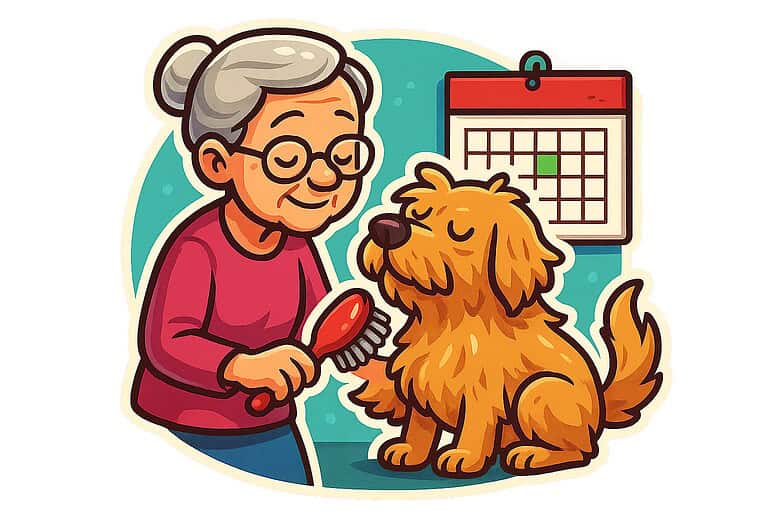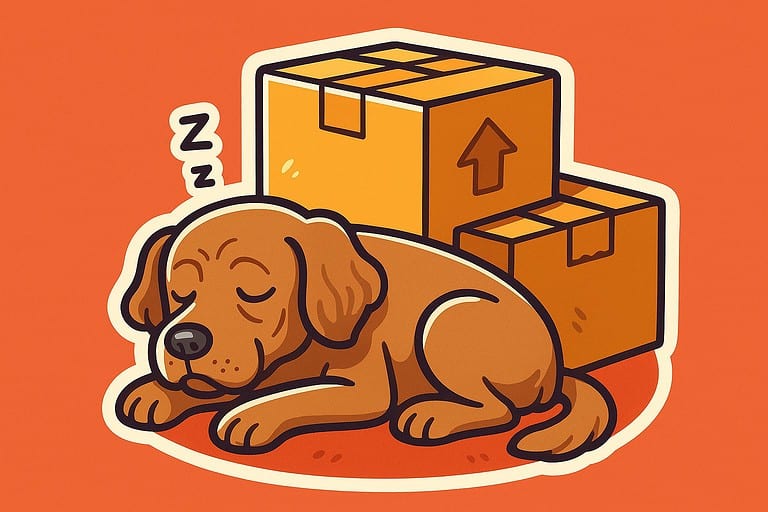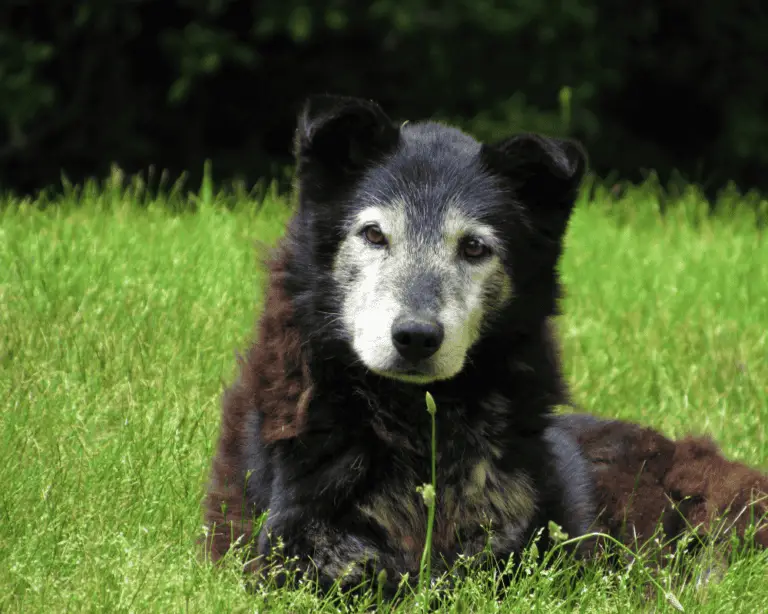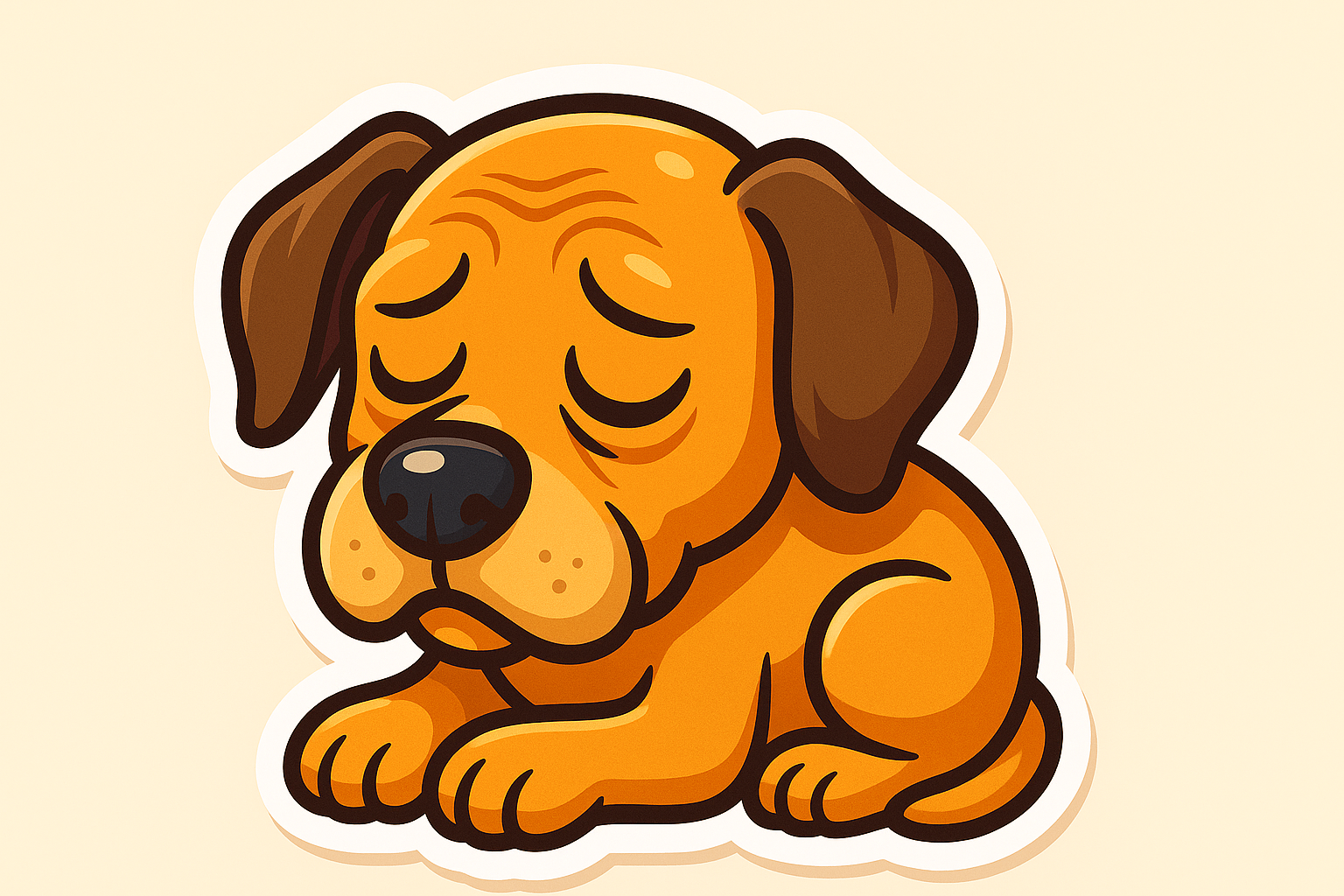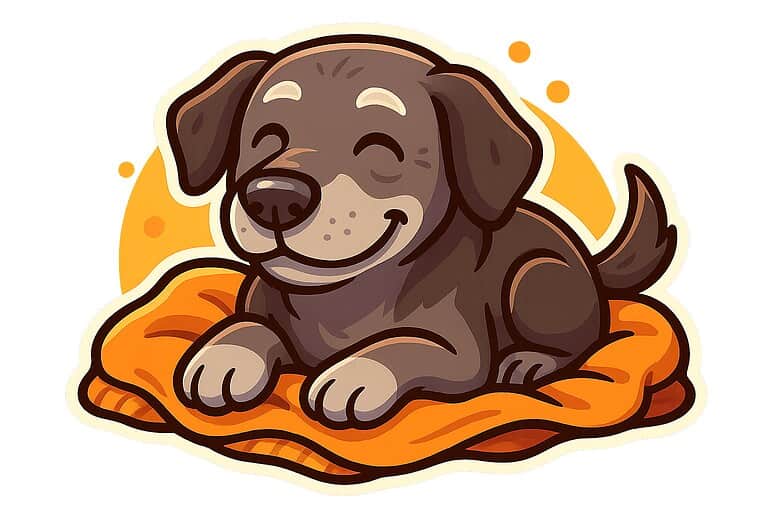7 Signs Your Senior Dog Is Overweight
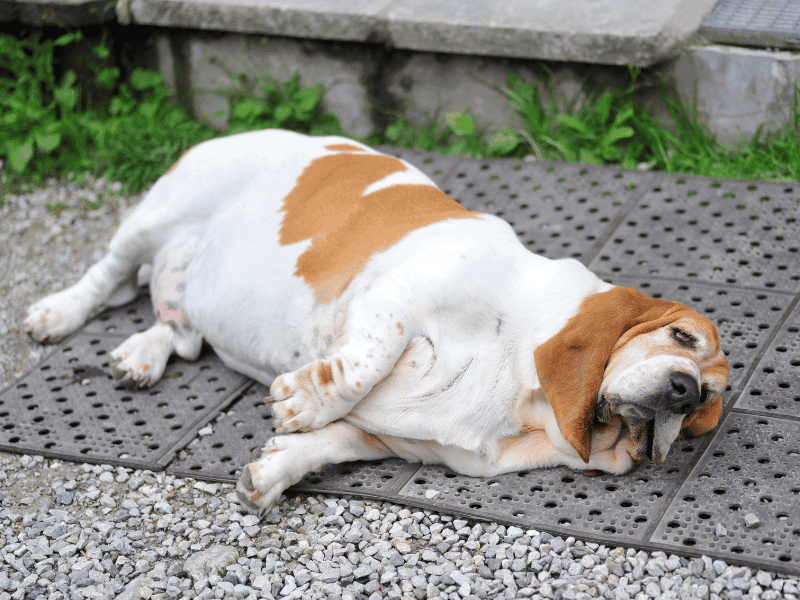
Your senior dog might be carrying a few extra pounds, and that is not always easy to notice. Excess weight can lead to a range of health problems in older dogs, including joint issues and diabetes.
It is important for your four-legged friend’s health that you know the signs of excess weight. Changes in body shape, declining activity, or breathing problems can be clues that it is time to keep a closer eye on your dog’s weight.
Extra weight is not always obvious, especially in long-haired breeds, so it is important to look closely.
A healthy weight contributes to a longer, happier life. When you combine your observations with a veterinarian’s advice, you can help your senior dog stay fit and happy. Watch for the following signs to gauge whether your dog might need to slim down.
#1: Difficulty breathing
When your senior dog gains weight, they may breathe more heavily. That is not a good sign. Excess weight strains the body, especially the airways.
Watch whether your dog pants faster even with little effort. That is often a sign of overexertion. An overweight dog can even breathe harder at rest. That happens because fat tissue presses around the airways and in the chest.
Also listen for sounds like wheezing or snoring when your dog sleeps. Those can be signs that their weight is affecting their breathing.
If your dog’s breathing seems labored, you should see a veterinarian. They can determine whether excess weight is the cause. Together you can develop a plan to help your pup lose weight safely.
#2: Visible fat deposits
If your senior dog is overweight, you often notice it by visible fat deposits. These can show up in different areas of the body. Check their body in the following areas:
- Rib area: You should be able to feel your dog’s ribs easily without pressing hard. If they are difficult to feel, a layer of fat is probably covering them.
- Waist: Viewed from above, there should be a clear waist. An overweight dog looks more cylindrical with no defined waist.
- Abdomen: The belly should tuck up behind the ribs rather than hang down. A sagging belly can also point to excess fat.
Keep an eye on your dog regularly, and if you are unsure, ask your veterinarian for advice. Your four-legged friend cannot tell you they are overweight, so it is up to you to watch for the signs and look out for their health.
You can calculate your dog’s ideal weight here: BMI calculator from Tractive
#3: Loss of a waistline
If you notice your dog is losing their waistline, it could be a sign they have gained too much weight.
In dogs, you should see a visible tuck behind the ribs when viewed from above. That is the waist. If this narrowing is missing or very hard to see, your pup may be overweight.
A healthy dog also has a gentle curve along the side from rib to pelvis. If that curve is replaced by a straighter line or even a bulge, take a closer look at your dog’s weight.
Some dogs tend to gain weight, especially in their senior years. A balanced diet and appropriate exercise are essential for your dog’s health and well-being.
It is best to discuss weight changes with a veterinarian to make sure there are no underlying health issues.
#4: Shortness of breath with minimal effort
Does your senior dog show shortness of breath after only light activity? That could be a sign they are carrying too much weight.
Notice how quickly they get out of breath. A healthy dog recovers quickly after play and breathes evenly.
If your dog tires quickly and gasps even after small efforts, take it seriously. This can point to strain on the cardiovascular system, which often goes hand in hand with excess weight.
Regular checkups with your veterinarian are recommended. The professional can assess whether weight is really the issue or if an illness may be involved. Also adjust your dog’s diet and activity to reduce their weight and support their health.
#5: Problems with self grooming
If your senior dog is overweight, they may have trouble grooming themselves.
The coat can become matted, especially in hard-to-reach areas like the belly and rear.
Excess weight also affects mobility, which means they may no longer be able to lick or scratch thoroughly.
This can lead to skin irritation and a higher risk of infections.
Watch your dog. Do they have skin redness or show signs of discomfort when trying to clean themselves? These could be clues that their weight is preventing proper grooming.
If you notice signs like these, it is wise to consult a veterinarian. They can help you create an appropriate nutrition and exercise plan to help your dog lose weight and improve their grooming ability.
#6: Increased panting
Does your senior dog start panting sooner during walks or after brief activity? That could be a sign they are carrying too much weight.
Excess weight strains the cardiovascular system, and your dog has to expend more energy to cool their body. Watch whether the panting lasts longer and does not let up even at rest.
Have you noticed that panting after play or training is more intense or louder than usual? That too can indicate your dog is struggling with excess weight.
If you are unsure, it is always a good idea to have your veterinarian check it out. You will also get tips there on how to bring your dog’s weight back into balance.
#7: Digestive problems
If your senior dog is carrying too much weight, they may develop digestive issues. Stomach pain and irregular bowel movements are not uncommon.
For example, you might notice that your dog has bowel movements less often or that they are very hard. Gas can also be a sign that the digestive system is being stressed by excess weight.
It is important to watch for signs of constipation or diarrhea, since both can occur more often in overweight dogs. If you notice symptoms like these, it is advisable to consult a veterinarian.
A healthy diet and regular exercise are key to preventing these problems. Make sure you feed your dog the right amount of food and encourage regular walks.


